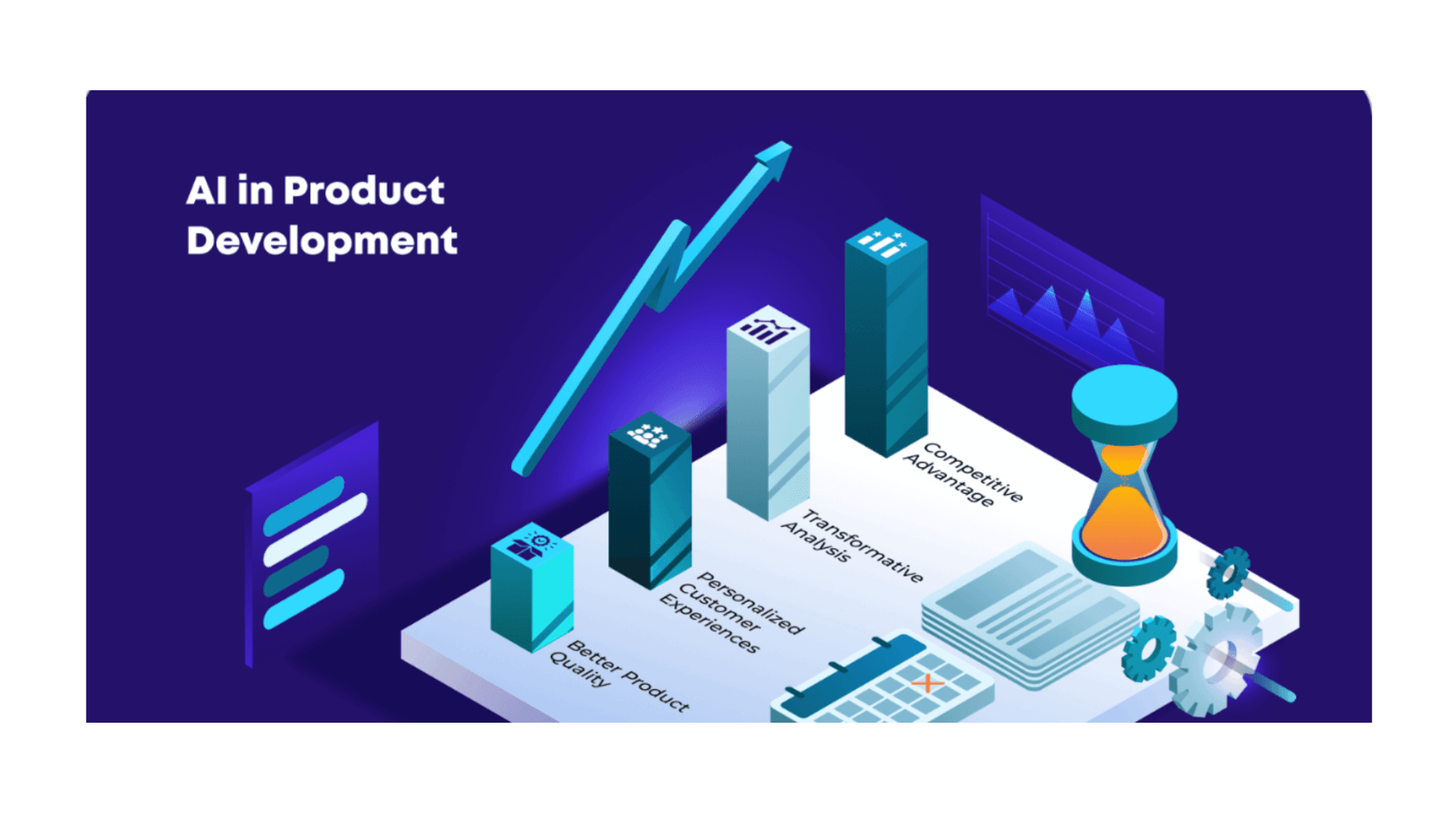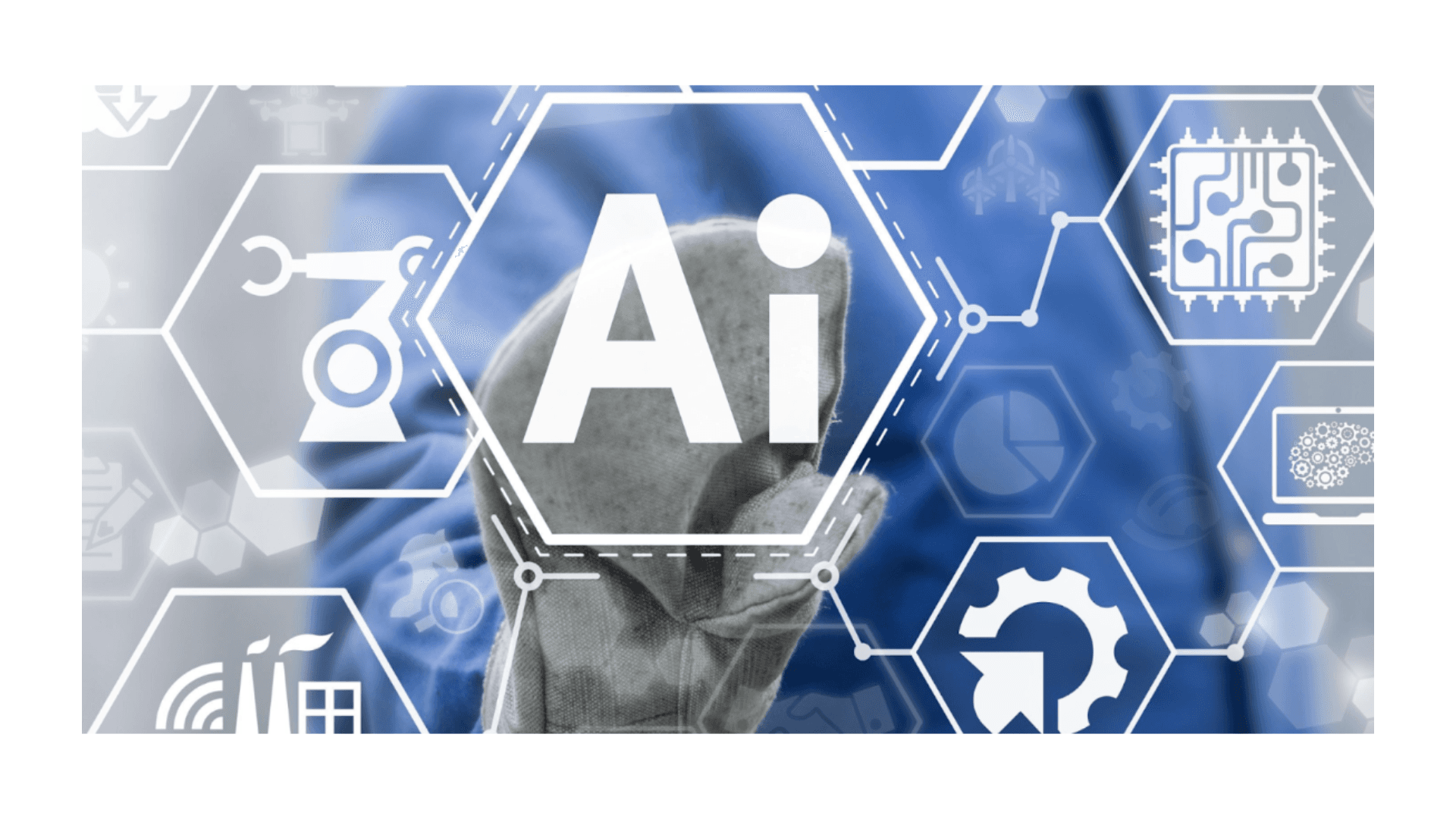In 2025, more than 77% of organizations will be using AI-native development to refine their product development cycle. From intelligent recommendations to predictive workflows, AI has changed from a niche experiment to a product core.
Adding AI to anything is no big deal, but creating something that is truly AI native is a whole different game. Just like cloud-native applications changed the dev cycle during the 2010s, native development is about weaving intelligence into the product from the very blueprint, not adding it as an afterthought.
So, how do you succeed? You begin with five core pillars that inform not only what you create, but also how your product learns, adjusts, and changes. Let's look at each of them.
Still Building Without AI? These 5 Product Areas are Already Miles Ahead
AI is no longer merely operating in the background; it is now taking center stage and fundamentally altering the way we use things. Also, AI is changing the whole user experience, whether it is through interface automation or real-time personalization. It's not only about intelligent interfaces either; it's also about simplifying processes, eliminating monotonous work, and making things easier all around.

1. Personalization
Advanced personalization is made possible by AI, which adapts experiences to the context, preferences, and behaviour of each user. AI also makes sure every contact seems specially designed, whether it's dynamic shopping experiences in e-commerce or individualized learning trips in edtech platforms.
2. Automation
AI is becoming smarter at performing tasks in which you are least interested. AI-based automation even accomplishes tasks such as customer service responses, document classification, fraud prevention, and supply chain optimization, leaving humans for higher-level work.
3. Predictive Analytics
Instead of responding to events, products can now anticipate them. AI is enabling groups to forecast customer churn, predict sales, and optimize resource allocation better. It makes products proactive rather than reactive.
4. Natural Language Processing (NLP)
Chat interfaces, smart search, language translation, and content summarisation are all driven by NLP. Additionally, users can now even talk to products in plain language, and the system gets them.
5. Computer Vision
Through computer vision, artificial intelligence is allowing products to "see" and understand the physical world in real-time. The potential for product increases when paired with AI-driven personalization, which, according to a McKinsey analysis, can help in increasing user engagement by up to 35%.
What are the Five Pillars of AI-Native Development?
AI-native product development is not a change of tech; it's a change in the DNA of the product. However, it recasts your strategy for planning, building, and scaling. Below are the five pillars that are the bricks of a smart, adaptive system.
1. Data Strategy
Most of the AI runs on data. However, a good data plan is understanding what data to gather, how to clean and format it, and how to maintain its relevance as time passes. The main reason behind this is that without clean, representative, and ethically sourced data, your AI foundation will collapse.
2. Model Building & Training
This is where intelligence is shaped. Model building involves choosing the right architecture and training it with datasets that reflect your real users. Also, training should involve iterations, evaluation, and constant tuning. The goal isn’t perfection, it’s adaptability and performance under real-world conditions.
3. MLOps & Infrastructure
You can't deliver AI the way you deliver code. MLOps manages the distinctive operational requirements of machine learning. This uses versioning models, deployment to production, drift monitoring, and building retraining workflows. However, the proper infrastructure, cloud or hybrid, facilitates scale, speed, and experimentation.
Also Read: 28 Best MLOps Tools to Watchout in 2025
4. Ethics & Explainability
Trust is the main key. If your AI-agents are making decisions that users can't understand or, heaven forbid, you lose trust. Also, explainability allows users to know how and why a given output was created. Also, ethical AI involves recognising bias, reducing harm, and designing fairness into your system from the outset.
5. Continuous Learning
AI native products don't stop refining. This pillar introduces feedback loops, real-time updates, and A/B tested models to the game so that your product just becomes smarter as it scales.

How Does Native Development Differ from Traditional Software Development?
Traditional software works like a constitution - you dictate the rules, and it follows your instructions. Updates? Usually manual, and generally not seen until big version releases.
AI-native development on the other hand, is data-led. You don't program instructions line by line; you just provide your system with examples, context, and results and let it learn and further evolve itself.
With AI development, the teams move away from being pure coders to being intelligence curators. The life cycle is iterative. You don't deploy, you monitor, retrain, and refine over and over.
And the culture change is equally large. You go from saying "What are we building next?" to "How can the system get smarter?" It's an inclusive, data-centric process where product, engineering, and data groups join forces to instruct software to think, not just merely act.
Essential Tools for AI-Native Product Development
So, you're serious about building AI-native products? That's awesome! To really make your mark, you need the right toolkit. There are several frameworks and technologies available in the AI space that are intended to speed up the creation of intelligent goods. However, several tools have become indispensable for contemporary product teams.
1. TensorFlow and PyTorch
These are the core libraries used for building, training, and deploying machine learning models. TensorFlow provides enterprise-level scaling and mobile deployment capabilities, whereas Torch is most popular for research and experimentation due to its dynamic computation graph.
2. Hugging Face
This is an open-source platform with pre-trained models available to use for tasks such as summarisation, sentiment analysis, and translation. It's particularly useful in Natural Language Processing (NLP) projects and minimises time-to-deployment on language-based features.
3. LangChain
LangChain allows developers to create context-aware apps driven by large language models. It integrates models with APIs, memory, and real-time prompts, so it's perfect for Artificial Intelligence agents, smart assistants, and automated workflows.
4. Google Vertex AI
Fully managed platform that manages end-to-end model lifecycle training and tuning, monitoring, and scaling. These are perfect for teams who want to deploy ML models to production without dealing with complicated infrastructure.
5. MLFlow
MLFlow supports the entire ML lifecycle. Track experiments, version and reproducibly package models, and handle deployments all in one.
These tools are nowadays essential in AI development, which further helps teams to move faster and smarter, from data prep to deployment. They lay the groundwork for building high-performing AI products at scale. Let’s take a further look at why so many AI projects hit roadblocks and what your team can do differently to avoid the same mistakes.
Why Most AI Projects Fail and What Product Teams Can Do Differently?
Building AI-native products isn’t a plug-and-play deal, it's layered, messy, and constantly changing. From tricky infrastructure to tough ethical questions, there’s a lot to figure out along the way. Also, it’s not just about adding smart features, it's about doing it right and making it last.
1. Data Responsibility and Ethical Risks
Personal data remains the most serious issue in AI-born development. However, adherence to regulatory standards such as GDPR and CCPA, combined with strong anonymization and user consent processes, is a requirement. Without those, trust can be lost quickly, and reputational harm can ensue.
2. Bias and Infrastructure Challenges
Bias in AI can be sneaky but seriously damaging, especially when your training data reflects old biases or lacks diversity. That’s how things like hiring tools or facial recognition systems end up treating people unfairly. On top of that, infrastructure can quickly become a headache.
3. Team Collaboration and Governance
Building AI-native products isn’t something one team can tackle alone. It takes smooth collaboration between data science, product, engineering, legal, and even UX. When teams aren’t aligned, progress slows and things start to fall apart.
How Do You Measure the Success of an AI-Native Product?
Success metrics for AI-native products go far beyond the usual KPIs. It’s not just about technical performance. You also need to look beyond just accuracy and speed. What matters is the impact on real users. Is the AI easy to use? Does it build trust? And does it make everyday tasks smoother and more intuitive? That’s where true success shows up.
- Accuracy and recall are still fundamental. They let you know how well your model is doing against your desired task. But that's only the beginning.
- Then comes the adoption rate, which shows you if users take advantage of the AI-driven features. If you've created a smart recommendation engine but nobody clicks the suggestions, something's amiss either with the interface or the model logic.
- Business ROI ties everything back to value. Is your AI feature saving money? Increasing conversions? Reducing churn? These are the metrics executives care about and the ones that prove long-term viability.
What is the Future of AI in Product Development?
What do you think? How will the future of your product look? Just powered by AI? But built with it from scratch? AI isn’t hiding in the background anymore. It’s stepping up as your creative and strategic partner. From shaping ideas to automating workflows and improving your users’ experience, AI is ready to work alongside you at every stage of your product journey.
Today, AI is brainstorming with teams, structuring ideas, and even simulating solutions in real time. Meanwhile, AI agents are taking on more complex tasks with minimal human input, making decisions and getting things done.
According to PwC, over 80% of digital products will have AI built into their core by 2030. This isn’t just a tech trend, it’s a complete reimagining of how we build. We’re entering an era where AI doesn’t just support creation, it co-creates right alongside us.
Conclusion
AI-native development isn’t just another tech buzzword, it’s a real shift in how products are imagined, built, and upgraded over time. When intelligence is baked into the foundation and not added as an afterthought. Products become smarter, more responsive, and better aligned with real-world needs.
At SoluteLabs, we’ve fully opted for this new way of building. Every project we take on is rooted in five essential pillars: data, models, infrastructure, ethics, and continuous learning. Our consultation will help your teams in solving today’s challenges while staying ready for whatever comes next. Looking to future-proof your product with AI at the core? You’re in the right place. Let’s build it together.







